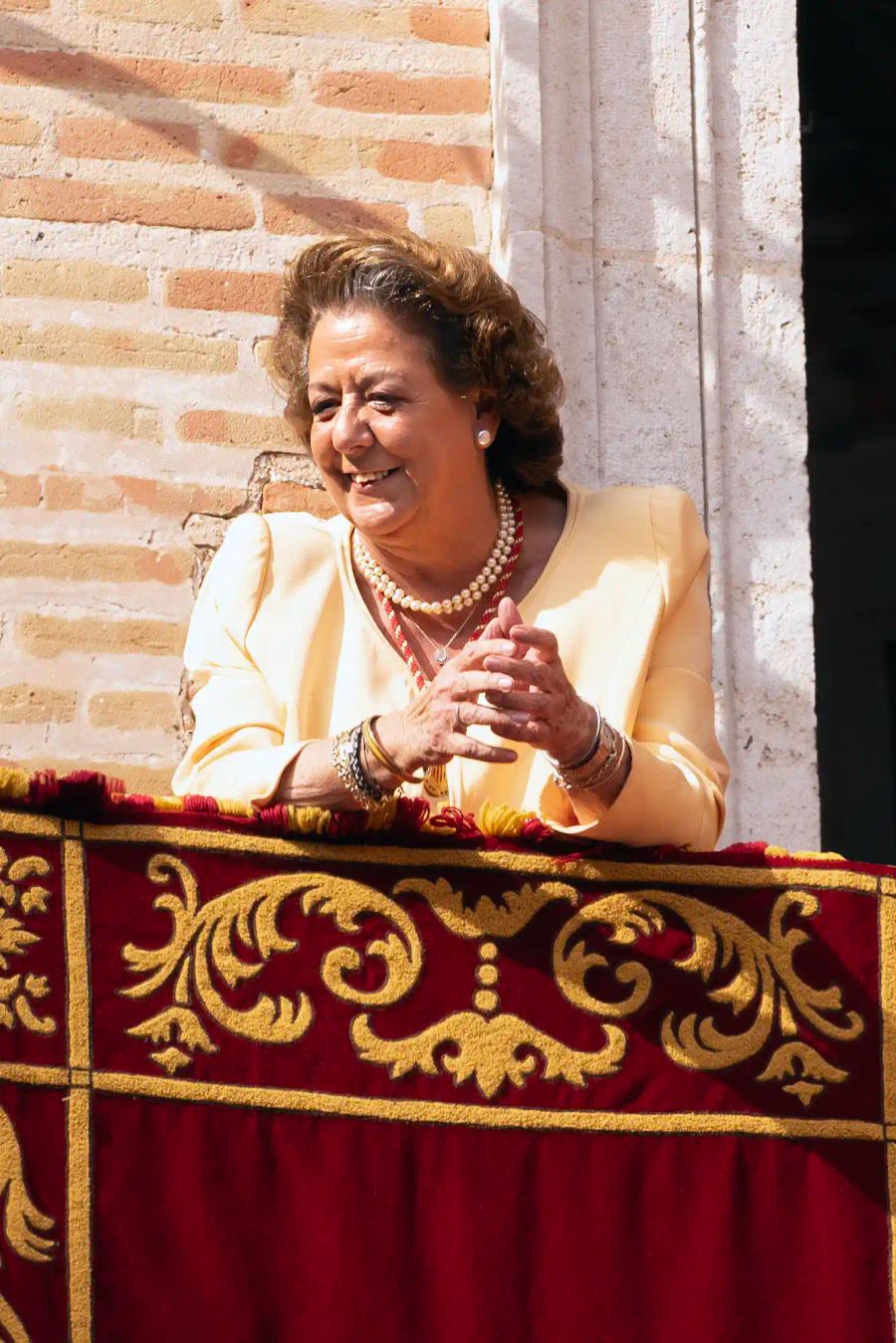Once in a while, you come across a building that lodges itself in your mind, even if you haven’t been inside. Something about it has engaged your imagination, and you find yourself thinking about it all the time. Or maybe that’s just us. Six years ago, we walked past the Nolla Ceramics Palace while on an excursion with friends. We were only able to view it through a foreboding iron gate, and were overwhelmed by an air of mystery. It’s not like we became obsessed with this neglected, decaying palace, but we never stopped fantasizing about one day getting inside.

Recently, we read about restoration efforts for something called the Nolla Cermaics Palace, and immediately recognized it as the place we’d seen all those years ago. And although those restoration efforts never quite finished, it’s possible to go on a tour of the palace today. You have to register for one of the weekend-only slots, and it’s best to do this at least a week in advance. We signed up right away.
From Valencia, the best way to arrive at the Nolla Ceramics Factory is by bike. It’s an easy 30-minute ride past the Espai Verd Urbanization (another building which has aroused our curiosity), and through the northern fields (the huerta norte), where farmers grow the little tubers known as chufa — the base of the famous Valencian drink horchata. You’ll also see fields of peanuts, cabbage, artichokes, and potatoes. It’s a lovely and effortless journey across an open, flat landscape.
We arrived just in time for our tour, and were pleased to discover that we were the only two people on it. Our guide seemed perplexed as to how these two foreigners even knew about the Nolla Palace, let alone bothered to bike all the way out here. But he took us through a history of the building, then walked us through the premises, bombarding us with facts and anecdotes.
This palace was built next door to the Fábrica de Mosaicos Nolla, and meant to be both the residence of the founder Miguel Nolla Bruixet, as well as a showroom for the company’s unique ceramic designs. Both the factory and palace were built around the same time, in 1860.
After the ceramics factory was sold off around 1920, the palace stood empty for several decades. A recent restoration effort was stalled by COVID, but the progress made has been fairly remarkable, especially with the floor tiles and the exterior and roofing. There is still work left to do, though, so hopefully the restoration continues soon.
We loved seeing the various ceramic designs in each room of the palace; patterns we recognized from apartments we’ve visited in Canovas and Ruzafa. It was awesome to discover where they came from. The tiles of Nolla achieved great popularity and international fame during what’s called the “Art Noveau” movement of the late nineteenth century, which sought to blur the lines between fine arts (like paintings) and applied arts (like ceramics).

Our guide then mentioned that Miguel Nolla Bruixet was the great-great-grandfather of Valencia’s long-time mayor Rita Bárbera. And immediately, we both understood where we had recognized the name Nolla — her full name was María Rita Barberá Nolla. I mean, it shouldn’t be a huge surprise to find out that someone in a position of power came from a powerful industrial family, but it’s always interesting (and a little frustrating) to learn about these connections.
Overall, this was a very worthwhile tour, especially for those with any interest in design or ceramics. While doing some more research, we learned about the Ruta Mosaico Nolla, where you can still see these old tiles being used in the residential and official buildings of the nearby town of Meliana. I imagine we’ll be doing that tour very soon, ourselves.
From our Travel Blog, follow the link to see all the photos.
